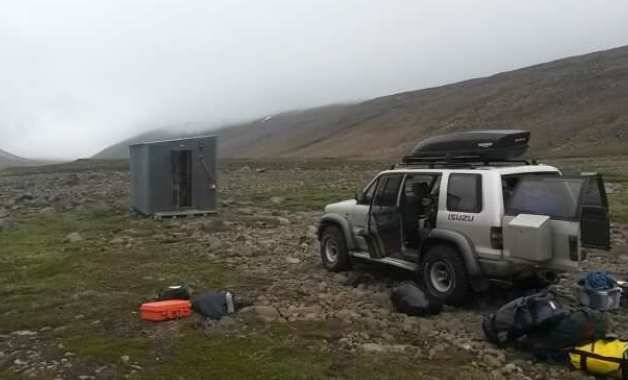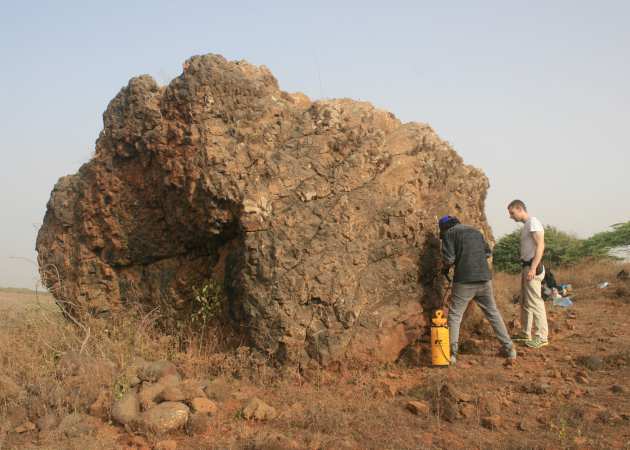The Natural Magnetism Group's fieldwork relates to a range of research topics, including studying the early geomagnetic field, dating formations, and studying volcanic flows.
Research Topics
Using magnetostratigraphy to date the Morrison Formation. The biggest and best sequence for the study of dinosaurs in the world.
USA
1--tojpeg_1453718943038_x2.jpg)
Studying the link between Large Igneous Provinces and mass extensions. Why is there no mass extinction associated with Etendeka traps? We used magnetostratigraphy to determine the extrusion rate of this LIP. Turns out it was very slow compared to the Deccan traps associated with the KT boundary.
Namibia
--tojpeg_1453719966829_x2.jpg)
1--tojpeg_1453721009608_x2.jpg)
1--tojpeg_1453721717721_x2.jpg)
Studying the early geomagnetic field between 3 Ga to 1.5 Ga, using the rocks of Southern Africa.
Botswana
1--tojpeg_1453721135916_x2.jpg)
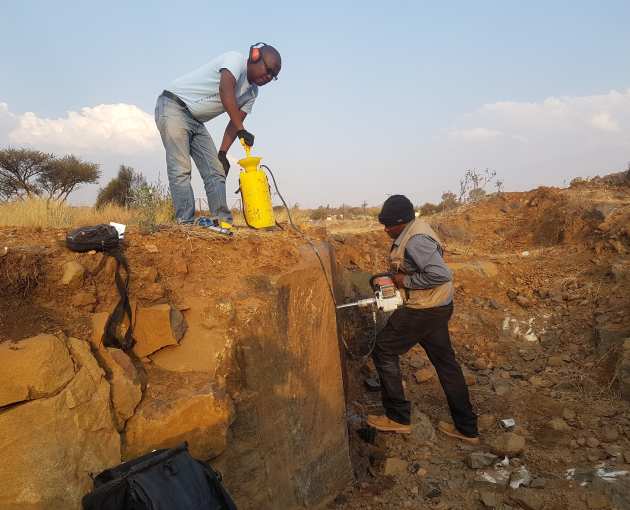
Using palaeomagnetic methods to understand hydrocarbon formation and migration.
Core store, University of Alberta; Mupe Bay, England
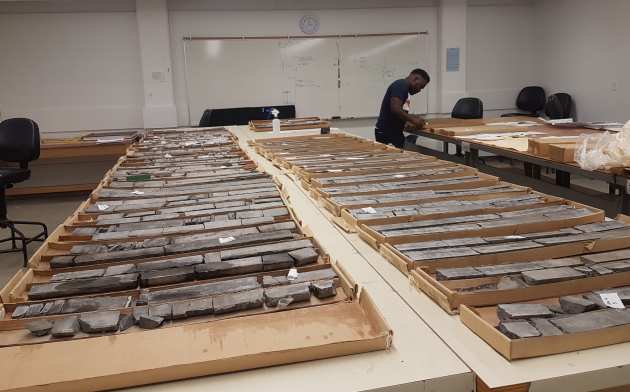
1--tojpeg_1453722089858_x2.jpg)
Shropshire 'Tar Tunnel'; Dorst England
1--tojpeg_1453722261089_x2.jpg)
1--tojpeg_1453722425959_x2.jpg)
Palaeomagnetic study of the geomagnetic field behaviour during the Bruhnes epoch, circa 400 ka.
Datong Volcanic Province, China
1--tojpeg_1453723176560_x2.jpg)
Studying volcanic pyroclastic flows, e.g., Pompeii 79 AD Estimating emplacement temperatures and the geohazard risk associated with them.
Vesuvius; Mexico; Mt St Helens, USA
--tojpeg_1453722910204_x2.jpg)
--tojpeg_1453723582465_x2.jpg)
--tojpeg_1453723700462_x2.jpg)
Developing new methods of determining ancient field intensities. Testing on historical lava flows (post 1900 AD) where we know the answer.
Iceland, Mexico
1--tojpeg_1453723848148_x2.jpg)
Geomagnetic field variation on geological timescales: How well does the Geocentric Axial Dipole theory work at high-latitudes?
Iceland
Iceland
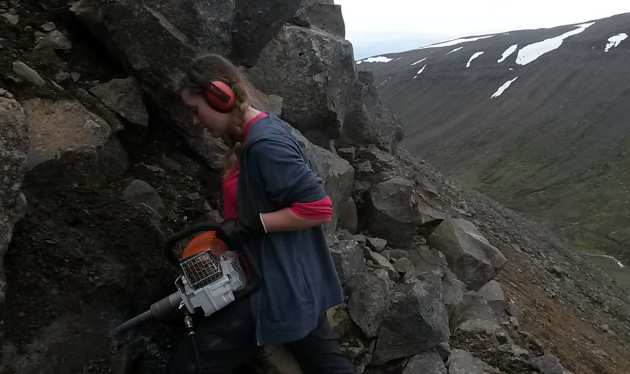
Using palaeomagnetic methods to date cataclysmic events, for example, Tsunami deposits or mega-flood deposits.
Santiago Island, Cape Verde ; Sea Cliff, Scotland; Iceland
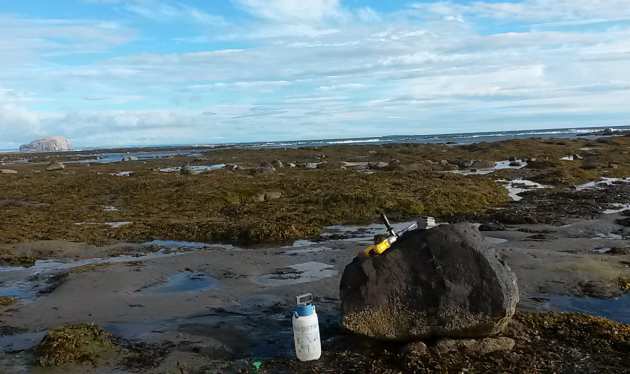
--tojpeg_1453720470163_x2.jpg)
Cairngorms, Scotland; Idaho, USA; Norway
--tojpeg_1453722544501_x2.jpg)
--tojpeg_1453721918896_x2.jpg)
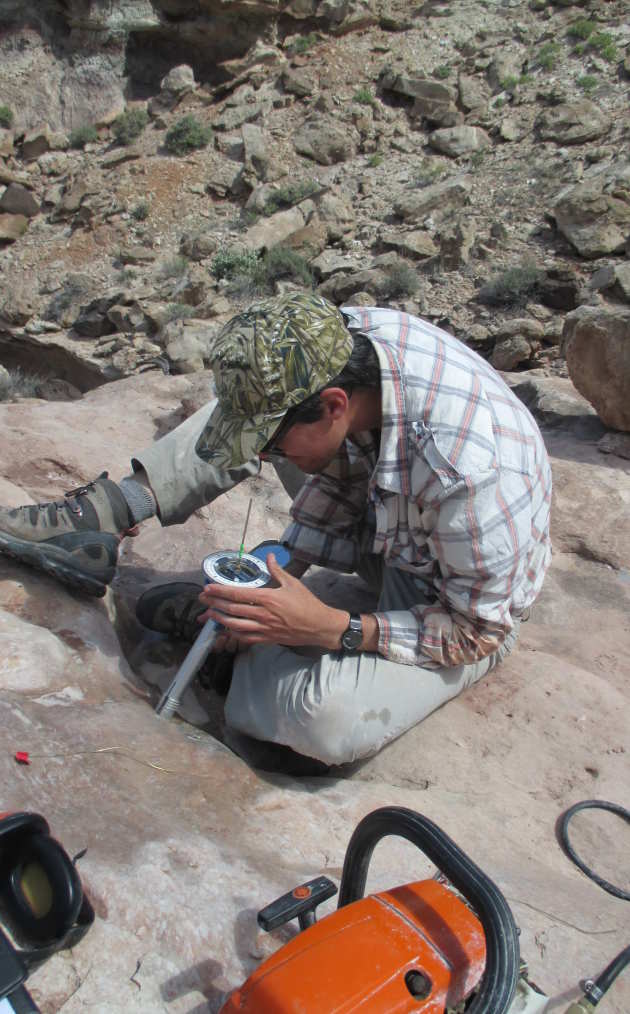
--tojpeg_1453723165729_x2.jpg)
--tojpeg_1453723820201_x2.jpg)
